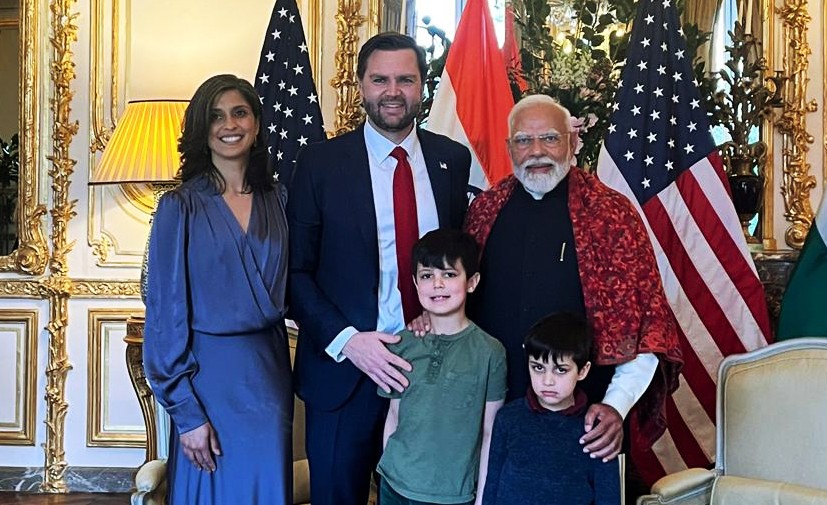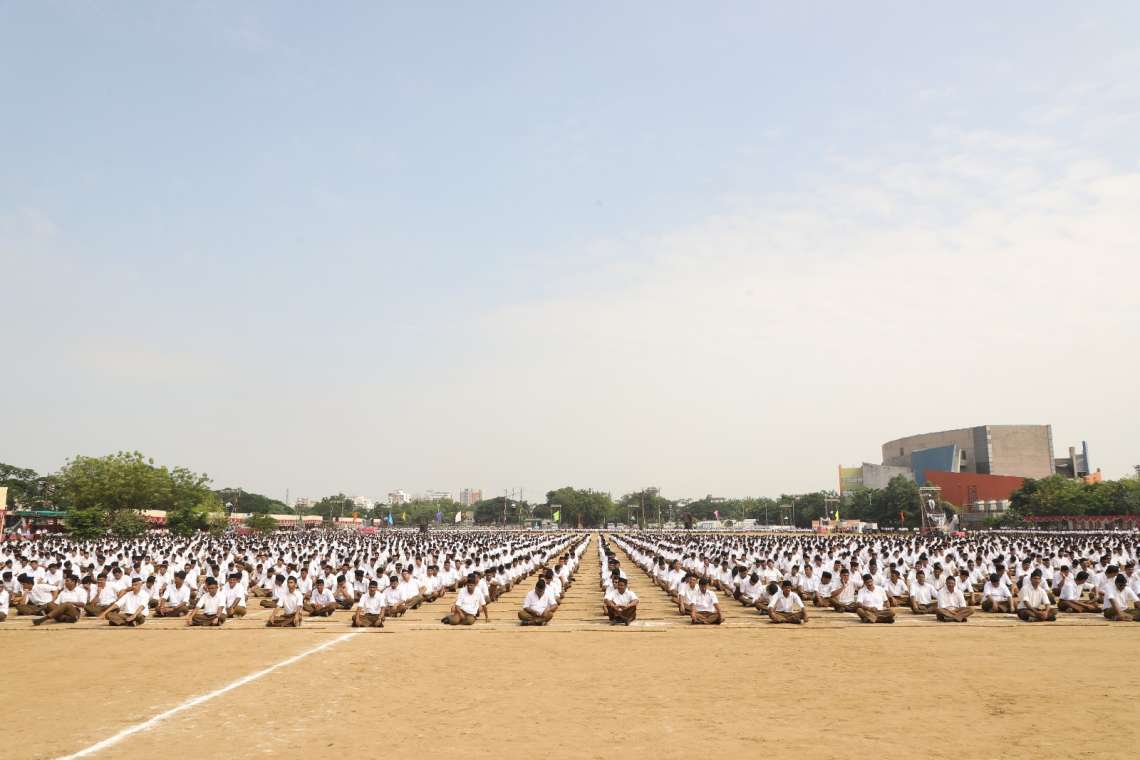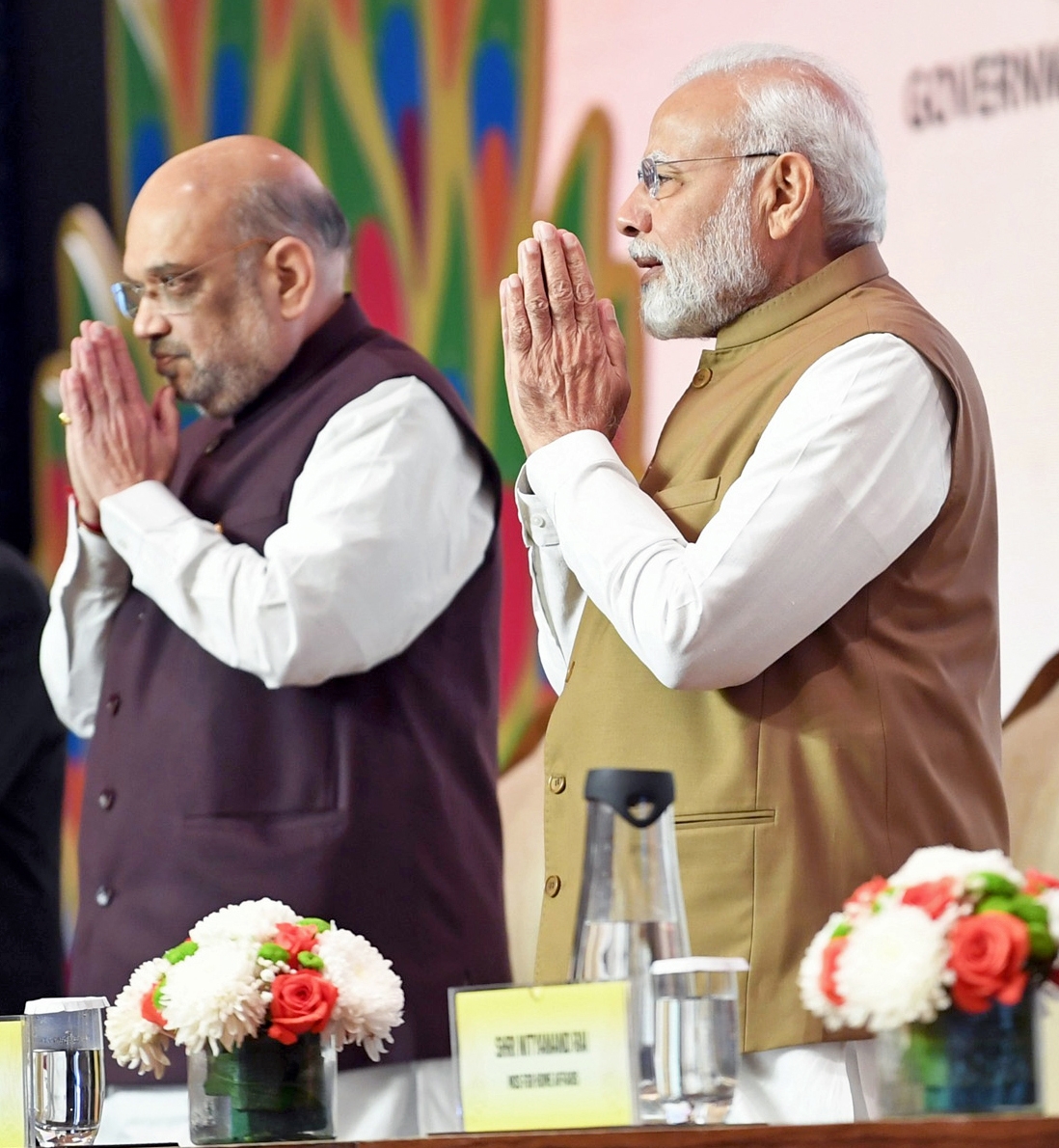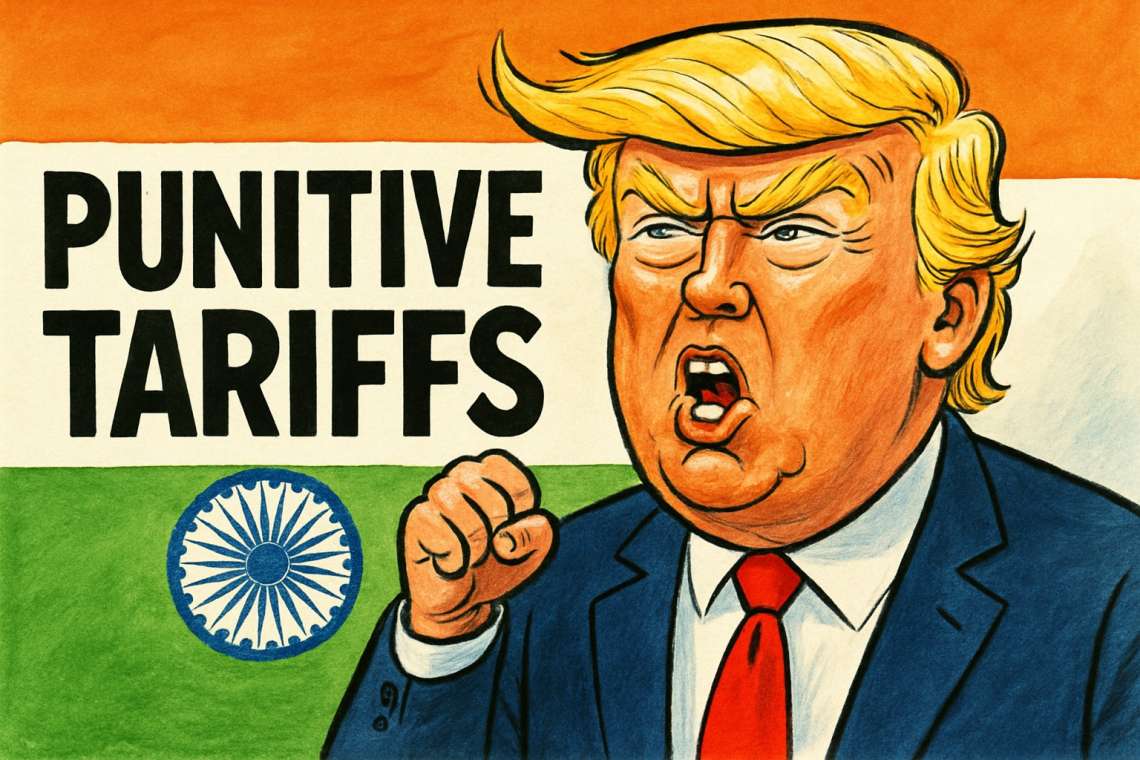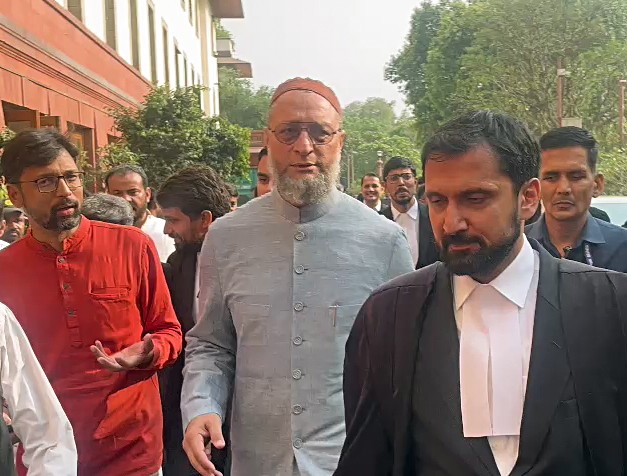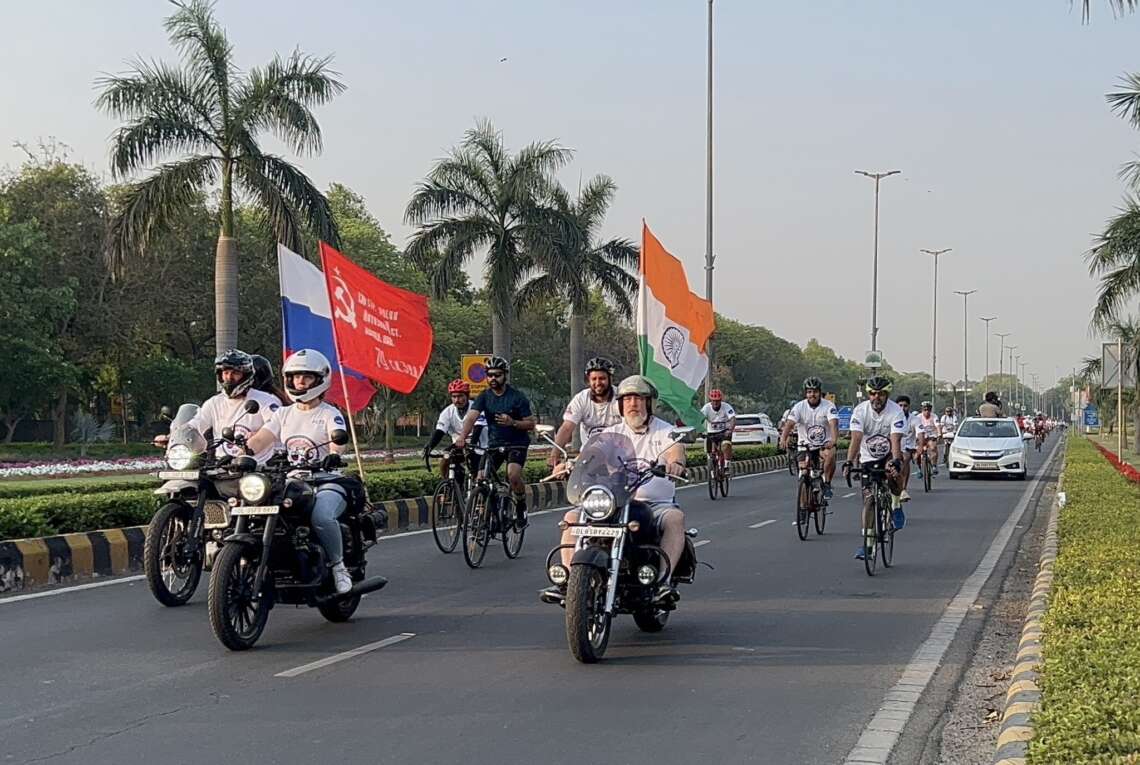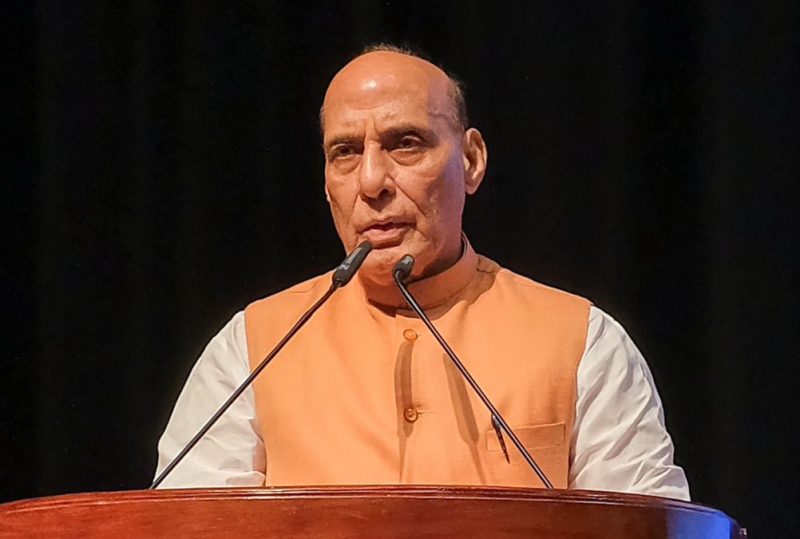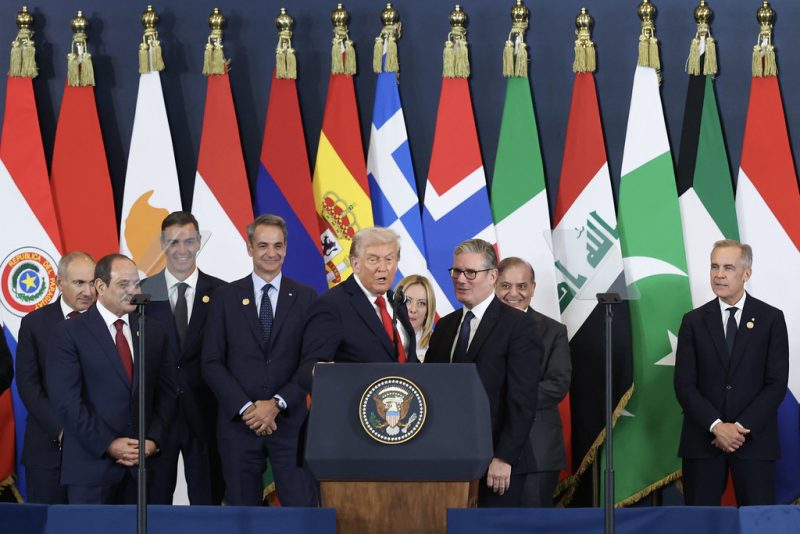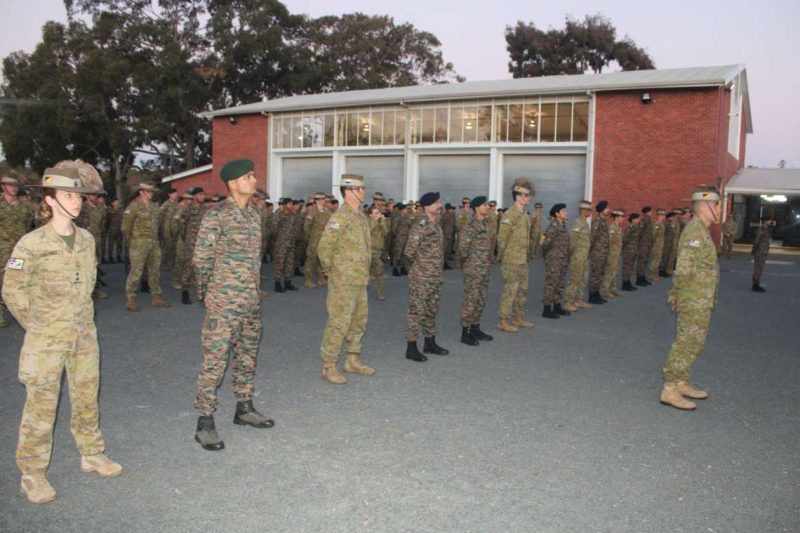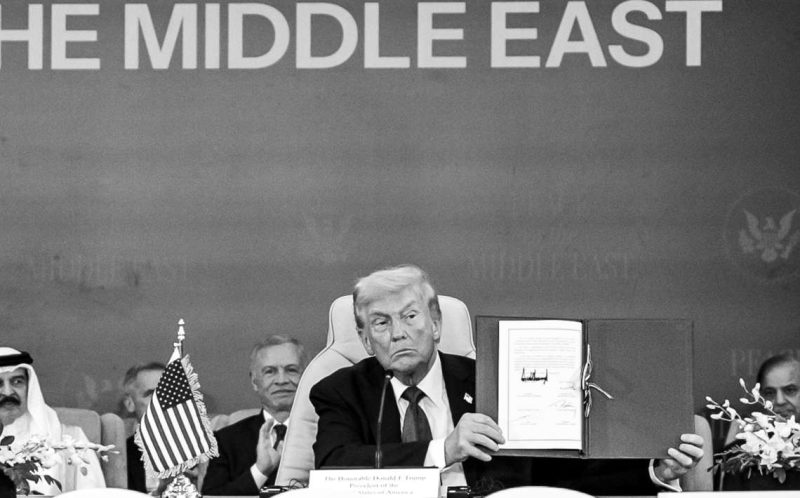Vice President JD Vance and the Second Family will travel to Italy and India from April 18 to April 24
US Vice President JD Vance is scheduled to visit India next week. He will meet with Prime Minister Narendra Modi and travel to New Delhi, Jaipur, and Agra. JD Vance, along with his family, will visit Italy and India from April 18 to April 24.
The Office of the Vice President in a release on Wednesday said, “Vice President JD Vance and the Second Family will travel to Italy and India from April 18 to April 24. The Vice President will discuss shared economic and geopolitical priorities with leaders in each country.”
In Rome, Italy, the Vice President will meet with Prime Minister Giorgia Meloni. The Vice President will also meet with Vatican Secretary of State Cardinal Pietro Parolin. “In India, the Vice President will visit New Delhi, Jaipur, and Agra. The Vice President will hold meetings with Prime Minister Narendra Modi. The Vice President and Second Family will also participate in engagements at cultural sites,” the release said.
Earlier in February, during his visit to France for the AI Action Summit, Modi gifted an eco-friendly wooden alphabet set to Mirabel Rose Vance, daughter of US Vice President Vance. Following his visit to France, Modi landed in the United States at the invitation of US President Donald Trump. India’s Ambassador to the US, Vinay Mohan Kwatra, along with other officials, welcomed him at the Joint Base Andrews in Washington DC.
JD Vance’s visit to India comes at a crucial time, as New Delhi and Washington are actively engaged in talks to reach a trade agreement. Back in February, India and the US had agreed to pursue the first leg of a broader trade pact, aiming for its completion by the end of the year. The long-term goal is to boost bilateral trade to $500 billion by 2030.
But with the Trump administration’s tough stance on tariffs, negotiations are still underway. Last week, a report mentioned that both countries have finalised the terms of reference for discussions on the initial phase of the deal, with an Indian official expressing optimism that a “win-win” outcome could be achieved within the next 90 days.
Meanwhile, India and the United States have finalised the terms of reference for the initial phase of a bilateral trade agreement. The two nations had earlier agreed, in February, to collaborate on the first stage of the trade pact, aiming to finalise it by the end of this year. The broader goal is to boost bilateral trade to $500 billion by 2030.
The move comes amid recent trade tensions between the two countries, particularly the imposition of 26 per cent reciprocal tariffs on Indian goods by the US earlier this month. However, US President Donald Trump has announced a 90-day pause on tariff hikes for major trading nations, including India.
India has responded by overhauling its tariff regime in recent weeks, reducing import duties on around 8,500 industrial items, including prominent American products such as bourbon whiskey and Harley-Davidson motorcycles.
The bilateral trade agreement is part of “Mission 500”, an ambitious initiative to more than double current trade volumes and position India as a key partner in global supply chains, especially as US companies seek to diversify away from China. The deal is expected to cover a wide range of sectors, including energy, critical minerals, technology, and manufacturing, with India open to considering zero-duty imports from the US in select industries under its Production-Linked Incentive (PLI) schemes.
On April 2, dubbed “Liberation Day”, President Trump announced reciprocal tariffs, marking a significant shift towards greater US trade protectionism. He signed an executive order mandating a 10 per cent base tariff on all imports starting April 5, citing long-standing trade imbalances and the need to safeguard US domestic industry.
While the 10 per cent tariff applied broadly, steeper duties were imposed on countries with large trade surpluses with the US — China being the primary target.
This move escalated the US–China trade conflict. Tariffs on Chinese goods were raised to 54 per cent and then surged to 145 per cent. In response, China raised tariffs on US products to 125 per cent and imposed additional export restrictions, particularly on key rare earths.
Meanwhile, India has taken steps to ease friction, slashing duties on thousands of items and signalling openness to trade cooperation with Washington.


